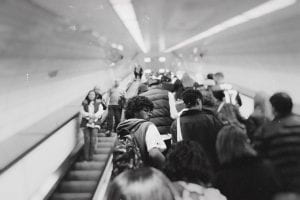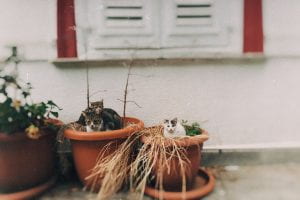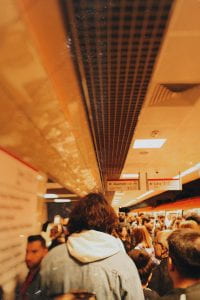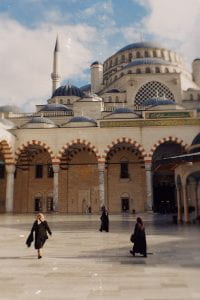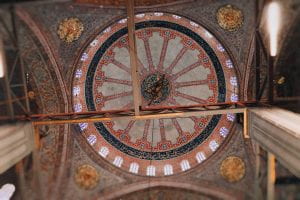Uneven Ground Zine, Issue 001, Spring 2023
To view issue 001 click Here
Uneven Ground Zine, Issue 001, Spring 2023
To view issue 001 click Here
From November through mid-February I was working as an Advocacy Officer for Collective Aid in Subotica, Serbia. Collective Aid is an NGO that works to support People on the Move attempting to get into the EU. Their work includes distribution of food, firewood, and clothing, as well as shower and laundry services, and reporting on the living conditions for People on the Move. As the Advocacy Officer for their Subotica branch my position was oriented towards documentation, photography, interviews, research, and working to weave together narratives and information to help advocate for the people we engaged with in the field.
This is a zine I made based off of my time there. It’s has some contextual information, but is more oriented towards little stories and scraps from my time in Serbia. Unfortunately the file is too large to upload embedded, so it must be downloaded from a google drive to view it. The link to the google drive is below.
Click here for google drive to download Zine
This document is the finished Advocacy Report of the situation in Northern Serbia created by Collective Aid, Medical Volunteers International, and Construct Solidarity, which I contributed to writing.
 Loading...
Loading...
As of December 2022, UNHCR reported that the official Subotica Transit Center was at 217/220 capacity and the Sombor Transit Center was at 344/520. However, from observations on January 19 by field teams, it was reported that Subotica Transit Center was at 330/220 capacity with around 100 people lacking Camp IDs and access to beds, food, or doctors. This information was shared with a field team by the Serbian Commissariat. The field team also observed a reportedly violent and rushed eviction of the overcrowded camp, which left many people no chance to take their belongings with them. The Subotica and Sombor camps have been consistently evicted when they go over capacity in the past two months, which could be one reason that UNHCR reports numbers under capacity for the past few months.
Along with the evictions, both camps maintain far from adequate living conditions.
When we obtained footage from people living in Subotica camp from January 10th, we discovered that the living space was overcrowded with many people sleeping on the floor, while the showers and toilet facilities were filthy. People at the camp reported lack of access to resources or medical care. Individuals told us that the doctors rarely treat people, but often give them prescriptions that they have to go into town and buy themselves for their ailments. People reported that they are often afraid to go into town to get prescriptions because they are worried the police will pick them up.
From footage of the Sombor camp from January 17th we also observed overcrowded conditions, filthy facilities, and overall unacceptable living conditions. There were numerous broken windows in the housing buildings, while two of the main living areas were in large tents that appeared to lack proper heating and facilities. These tents lack adequate flooring and protection from the elements and are overcrowded with beds.
The UNHCR funds these transit centers, and while their reports claim that these camps are not overcrowded and the facilities provide adequate living standards, observations on the ground and reporting say otherwise. Whatever the true numbers of people living in the camp are, the videos show that the living conditions are undeniably inadequate. It is the responsibility of UNHCR to make sure they are providing humane, dignified support to the people living in these camps and that the claims they make about the conditions are trustworthy. The observations of field teams and reports from PoM illustrate a discrepancy between what UNHCR claims to provide and the reality of the conditions.
The Balkan Route — from Turkey and Greece and then generally up through North Macedonia, Bulgaria, Romania, Bosnia & Herzegovina, and Serbia is a key route from People on the Move seeking asylum in the European Union (EU). According to the latest Frontex report from September 2022, the Balkan Route has had the highest number of new arrivals this year since 2016. In the first 8 months of 2022, Frontex recorded 86,581 irregular entries in the Western Balkans (Albania, North Macedonia, Montenegro, Bosnia and Herzegovina, and Serbia), a 190% increase since 20211. The people moving through the Balkan Route are primarily from Afghanistan and Syria, with North African countries being the next most common.
These numbers are always changing as people move through the Balkans, attempt to get into the EU, or get pushed back into other countries. Serbia has been a hotspot for People on the Move (PoM), who often stay in the north in informal squats before attempting to cross into Hungary. According to UNHCR, the official number of People on the Move in Serbia at the end of October 2022 was 79512.
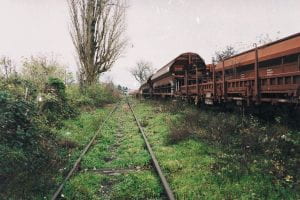
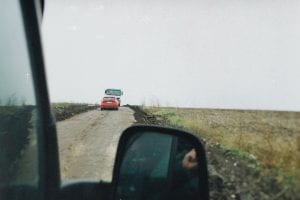
In Northern Serbia, many of these people live in temporary squats. Squats are unofficial camps often set up in old buildings like barns and warehouses. The shelter these squats provide is minimal and the only heating comes from fires and a few stoves that have recently been installed by an organization called Blindspots. In the winter months, when temperatures are below zero, these squats are barely warmer than being outside.
People living in these squats have no access to medical care, potable water, warm showers, food, or any other type of support from the Serbian Government. While the Serbian state has two official camps in the North that are in use, they are overcrowded and maintain very poor living conditions. Poor hygiene, little to no privacy, and insufficient access to food and medical care are commonplace in official camps. As of September 2022 the camp in Subotica was at 253% capacity and the camp in Sombor was at 147% of capacity3. The atrocious living conditions in these registered camps is often a driving force behind people choosing to live in squats.
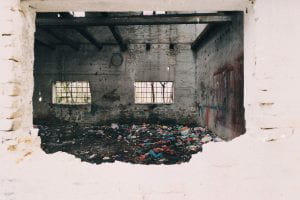
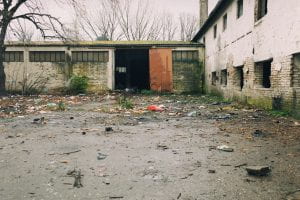
Recently, in the wake of a shooting between two rival working crews (informal smuggler networks) in the nearby town of Horgoš, police evictions have swept through the camps. This incident occurred on the night of November 24 in the Horgoš town center and left 4 people in the hospital. In response, the Serbian government has indiscriminately evicted and destroyed camps and forcibly relocated some 600 or more people to official camps, often destroying peoples belongings in the process4. While violence between working crews is not unheard of, this incident was different because it happened in the center of town, rather than in rural areas around borders where it more commonly happens.
There is no denying that this was a violent incident, and the people involved should be held accountable, but the Serbian government’s response has targeted all People on the Move in the area indiscriminately while simultaneously ignoring the conditions that create illegal smuggling networks. These incidents occur as a result of systematic failures of the EU and Serbian Government to provide safe, legal avenues for asylum seekers. The lack of access to legal options creates both the demand for illegal crossings and the profitability that comes from them.
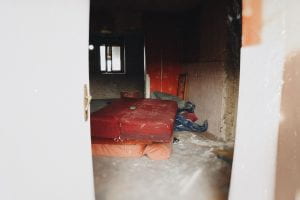
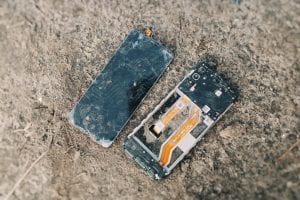
Collective Aid is an NGO that operates in the Balkans and Calais fighting to support People on the Move. I am working as the Advocacy Officer for Collective Aid’s Subotica branch in Northern Serbia. They provide showers and laundry services as well as distribution of food items, hygiene items, wood, and NFI (non food items) such as blankets, jackets, shoes, clothes, etc. as we have them available. We distribute goods to about 1500 people a week at up to 9 different locations. The total number of people in the area is likely higher than 1500, though it is ever changing due to the transitory nature of these peoples’ situation as well as evictions and forced relocations.
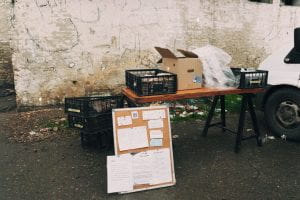
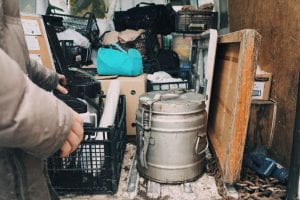
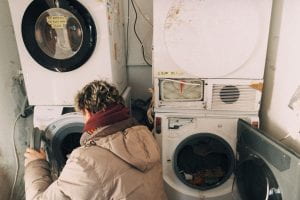
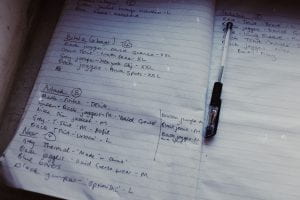
Along with the showers, laundry, and distribution services Collective Aid does monitoring of border violence and push backs and media advocacy work — these are some of the areas my position is focused on. Collective Aid is a part of the Border Violence Monitoring Network (BVMN) — a network of different organizations primarily in the Balkans and Greece that document illegal pushbacks and violence targeted toward People on the Move, and advocate for their rights. We take and submit testimonies from people who have experienced pushbacks, and are involved in decisions regarding BVMN.
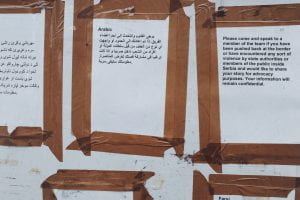
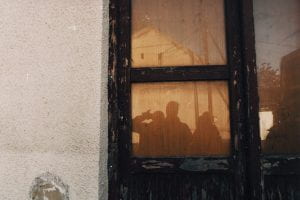
2 https://reliefweb.int/report/serbia/serbia-statistical-snapshot-october-2022
3 https://data.unhcr.org/en/documents/details/89400
4 https://www.telegraf.rs/english/3590874-600-migrants-detained-at-horgos-taken-to-the-south
This is a short update to highlight a couple organizations i’ve connected to, as more is to come in the next few weeks. I am now in Subotica, in Northern Serbia, working as the advocacy officer for Collective Aid — an organization that does distribution and support work for People on the Move as well as monitoring border violence and pushbacks. I am still settling into the role, so will update materials as I get into the flow more. If you want to check out Collective Aid you can do so here
Before I left Istanbul, I began volunteering with an organization called the Aman Project, which works with LGBTQ refugees from the Middle East and North Africa. They provide shelter space, legal and resettlement support, mental health support, as well as working to get at risk LGBTQ folks out of Afghanistan. I work with them doing writing and media advocacy work. If you would like to check out the Aman Project or support their work, you can do so here
Creative essay written by Jericho Leavitt
 Loading...
Loading...
The first few weeks in Istanbul. Arriving and settling into the foreign, winding world of the city. I moved in with a Turkish man I’d never met for 2 weeks before he had to leave for mandatory military service. It is a big transition, and much of my time has been spent wandering the city, taking buses and ferries and the metro, writing, reading, drawing, and connecting with new people.
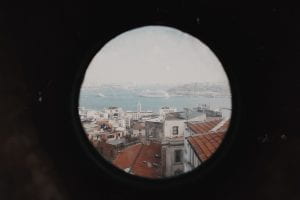
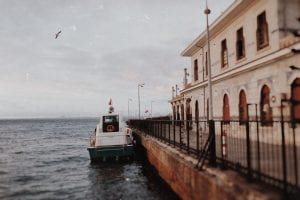
As a couple weeks have passed, I am feeling more comfortable here. The cry of gulls and police sirens mixes with the call to prayer, blurred noises against a blurred skyline. Looking out at the city lights and the curving sky along the Bosporus that cuts continents away from each other and connects the Black Sea to the Sea of Markus to the Aegean to the Mediterranean and beyond. The absence of comfort and the comfort of absence in the biggest city I’ve ever been to. 15 million official population, but closer to 20 million.
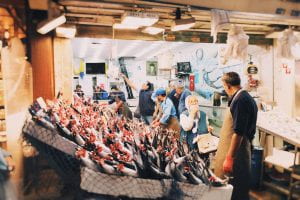
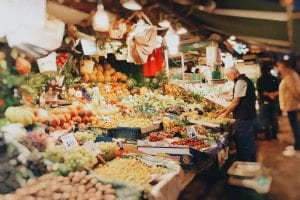
There is a dove nesting along the brick in the open air shoot on one edge of the apartment, this is her third try. The first clutch never hatched, second hatched but died, now she tries again as fall creeps over the city. Out across the Bosphorus, old neighborhoods and new buildings, skyscrapers stretched out like a ruined spine across the landscape. Smell of salt and garbage wafting from the ocean. Paw prints in the dust along the rooftop, rain drenched and crow feathers, wet brick and tile roof. In the park in the morning the dogs chase a cat up a tree.

When it rains the neighborhood is swaddled in grey, bathed in polluted rain water coloring the orange bright orange and the grey dark grey. The gulls fluff themselves up against the damp in the chimneys and a Coca Cola truck rolls down the street at the end of my ally.
Along Galata bridge, hundreds of men with fishing poles cast out between the ferries and barges, gulls flocking and flying, cigarettes half as common as fingers. Wandering the market streets, fish and fruit vendors, a haunch of a cow in a wheelbarrow, tilted into a metal shoot in the ground. Smell of salt, spice, sweets, fish, fruit, garbage, incense, mud, and shit. Riding the ferry as the sun sets out over hundreds of cargo ships coming to port. Sitting in the water like great metal insects. No wings. Sprawling city.
I have been trying to orient myself to the project I proposed, though it has changed already before arrival and as I get to know the place just a little. I have connected with some organizations that work with displaced people, and hopefully will have volunteer opportunities beginning soon, either here in Turkey or in Serbia. It can be challenging to independently feel capable of doing the project in the way I want, so connecting with organizations feels like a good support and accountability system to begin with. For now, I have been researching the migration of refugees into Europe – learning about the EU’s border policies, the increased funding of military and security operations, and the externalization of the EU’s borders through third entity countries. Here is an quick summarization of some of my initial research into the topics:
“The EU and it’s neighboring countries border regimes (primarily in and around the Balkans) are responsible for systematic, violent, and illegal pushbacks of migrants. The Border Violence Monitoring Network (BVMN) released a report in December 2020 detailing 892 testimonies from 12,654 people that were pushed back from the borders of Austria, Italy, Slovenia, Croatia, Hungary, Greece, & Bulgaria. 90% of these testimonies reported the use of violence. Other abuses reported include forced undressings, police spray painting crosses on peoples heads, and Muslims being forced to burn the Quran.
These push backs are illegal and violate the European Convention on Human Rights. While the European Court of Human Rights has condemned the pushbacks and some investigations into Frontex (European Border and Coast Guard) have begun, there have yet to be consequences or signs of reform from the EU Member States and their responsible agencies. Meanwhile, the EU is increasing funding to security and military operations at its local and externalized borders.
The EU’s 2021-2027 budget has drastically increased funding to security, defense, and border protection. Frontex will be provided with unprecedented €5.6 billion, a 194% increase from the previous budgetary cycle. This funding will expand their role to oversee member states’ use of EU migration funds and develop its ‘standing corps’ of 10,000 border guards.
Along with the increase in funding, Frontex and EU Member State governments have begun to defend themselves when confronted with evidence of pushbacks using questionable legal grounds. This is of concern to human rights defenders, who fear that the EU will move toward legalizing pushbacks, particularly since a European Court of Human Rights ruling in 2020 which said that, under certain circumstances, Spain had the right to use push backs.
Overall, the takeaway is that the EU is increasing the funding to border police, engaging in illegal and violent pushbacks, and moving toward a more authoritarian and anti-immigration standpoint.”
Sources:
Aulsebrook, Gigi, et al. “Pushbacks on the Balkan Route: A Hallmark of EU Border Externalisation.” Pushbacks on the Balkan Route: a Hallmark of EU Border Externalisation | Forced Migration Review, Forced Migration Review, Nov. 2021, https://www.fmreview.org/externalisation/aulsebrook-gruber-pawson
Radjenovic, Anja. “Pushbacks at the EU’s External Borders – European Parliament.” Pushbacks at the EU’s External Borders, European Parliment, Mar. 2021, https://www.europarl.europa.eu/RegData/etudes/BRIE/2021/689368/EPRS_BRI(2021)689368_EN.pdf
Jones, Chirs, et al. “At What Cost? – Statewatch.” At What Cost? Funding the EU’s Security, Defence, and Border Policies, 2021–2027, Statewatch, Apr. 2022, https://www.statewatch.org/media/3272/at-what-cost-eu-security-budgets-2021-27-sw-tni.pdf
Protecting Rights At Borders. (n.d.). Human dignity lost at the EU’s – prod.drc.ngo. Retrieved October 22, 2022, from https://prod.drc.ngo/media/rzplexyz/prab-iii-report-july-to-november-2021_final.pdf
If you’re interested to learn more about migration politics in Europe and the EU and incidents of border violence, check out the sources above, The Border Violence Monitoring Network: https://www.borderviolence.eu/ and Collective Aid: https://www.collectiveaidngo.org/
Here are a few more photos from the first weeks, and if anyone is interested to see more they can be found here: https://vsco.co/manyghostss/gallery Overall, things are good. I am settling into the place and the project, making connections, and finding opportunities beginning to arise.
